
While the share of Americans living in poverty has continued to shrink since the Great Recession ended, some pockets of the nation have actually become poorer since then.
Money Talks News analyzed data from the U.S. Census Bureau’s American Community Survey (ACS) to find out which counties saw poverty rates rise from 2009, the year the recession officially ended, to 2017, the latest year for which ACS data is available.
By Census Bureau measures, the 2017 poverty threshold for a four-person household that includes two children, for example, was a total income of $24,858. In other words, the federal agency considered all members of such a household to live in poverty if the household earned less than that amount in 2017. The 2017 poverty threshold for a one-person household was $12,488.
Our analysis found that about 1 in 8 Americans lived in poverty in 2017, down from 1 in 7 in 2009. But in the following 10 counties, the share of residents living in poverty rose by the most percentage points during the same period.
McKinley County, New Mexico
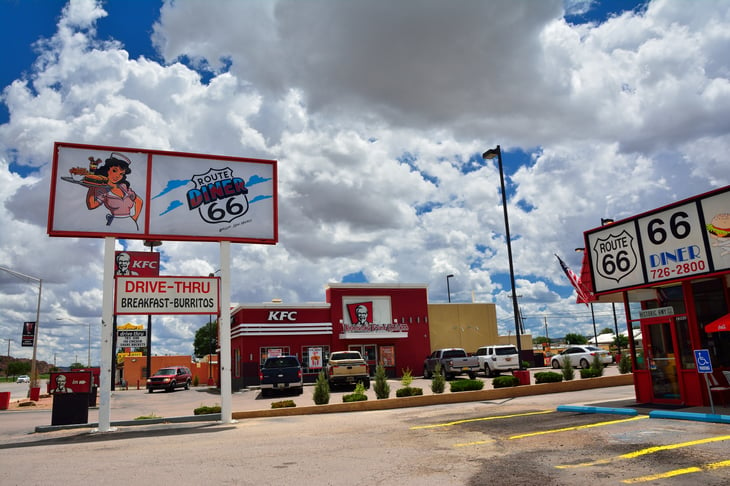
2009 poverty rate: 25.9 percent
2017 poverty rate: 40.8 percent
Increase: 14.9 percentage points
In this county that contains Gallup, New Mexico, 79.2 percent of residents are American Indian and about 2 in 5 of them live below the poverty line.
Caddo Parish, Louisiana
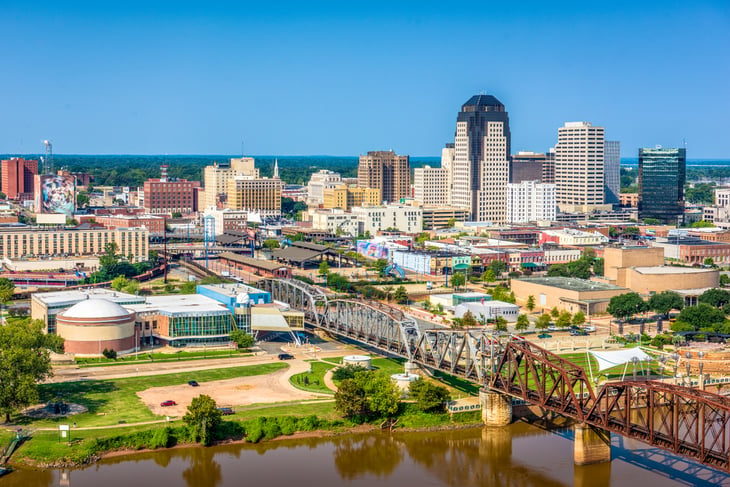
2009 poverty rate: 16.4 percent
2017 poverty rate: 26.7 percent
Increase: 10.3 percentage points
The poverty rate increased to a bit over 1 in 4 residents in 2017 from 1 in 6 in 2009 in this parish, which contains Louisiana’s third-biggest city, Shreveport. A 2016 report from the credit reporting company Experian found that Shreveport was among the 10 U.S. cities with the lowest average credit scores in the nation.
Despite being among the most populous municipalities on this list — with around 247,000 residents as of 2017 — Caddo Parish is also among multiple municipalities on this list with a dwindling population. The parish’s population shrank by about 3.3 percent from 2010 to 2017, according to Census Bureau estimates.
Cabell County, West Virginia
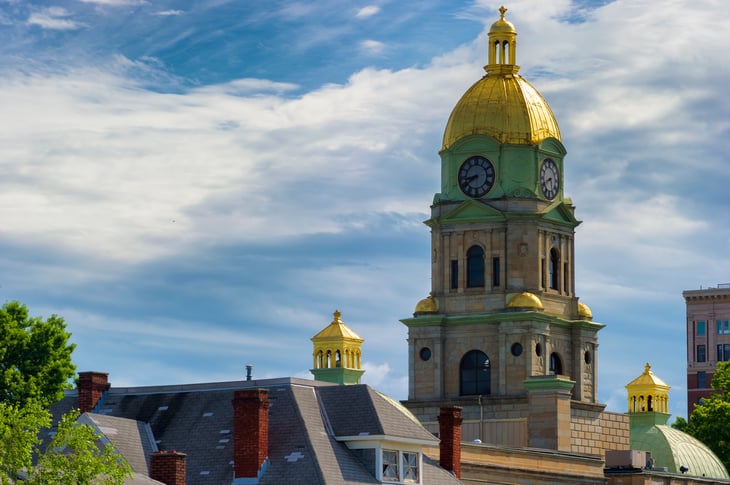
2009 poverty rate: 21.1 percent
2017 poverty rate: 28.7 percent
Increase: 7.6 percentage points
As the population in this county in western West Virginia shrank from 2010 to 2017 — by 1.4 percent, to just around 95,000 — the portion of residents who live in poverty rose.
Sandoval County, New Mexico
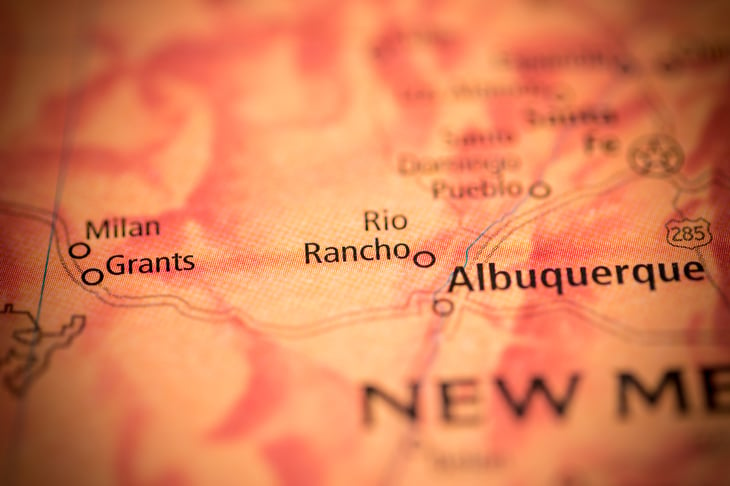
2009 poverty rate: 10.7 percent
2017 poverty rate: 17.6 percent
Increase: 6.9 percentage points
Sandoval County is the second New Mexico county on the list. North of Albuquerque, Sandoval borders McKinley County. But Sandoval County differs from its neighbor to the west in that its residents are predominantly white (78.6 percent) and fewer (about 1 in 6) live below the poverty line, the Census Bureau says.
Iberia Parish, Louisiana
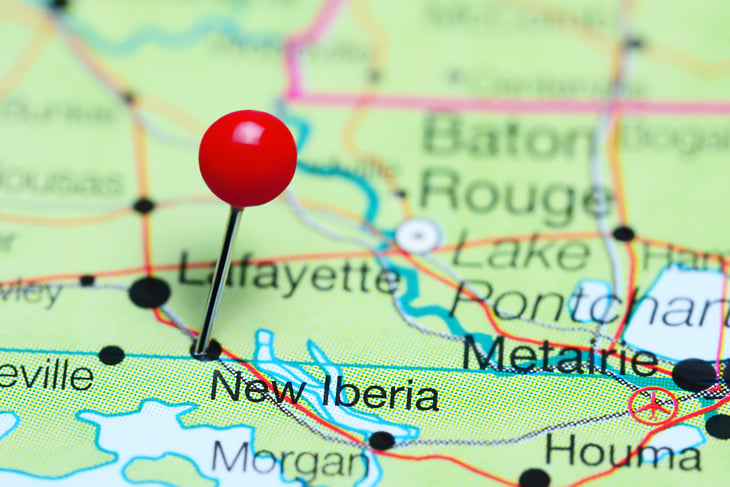
2009 poverty rate: 17.7 percent
2017 poverty rate: 24.3 percent
Increase: 6.6 percentage points
South of the bustling city of Lafayette sits Iberia Parish, another Louisiana location on this list, where about 1 in 4 residents live in poverty. That 2017 figure was an increase from a little more than 1 in 6 residents in 2009. Meanwhile, the parish population shrank by about 1.5 percent between 2010 and 2017, to around 72,000.
Located along Louisiana’s Gulf Coast, Iberia was among the parishes that the federal government declared a major disaster in 2016 due to historic flooding following prolonged rainfall.
Rapides Parish, Louisiana
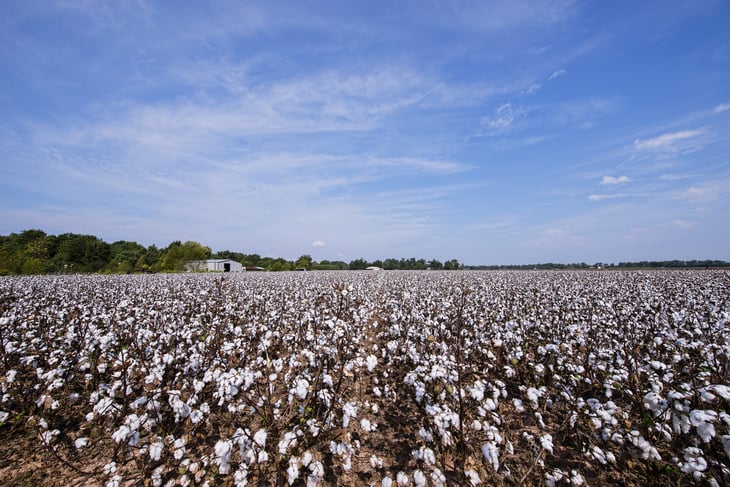
2009 poverty rate: 13.4 percent
2017 poverty rate: 20 percent
Increase: 6.6 percentage points
In Rapides Parish, the third Louisiana location on our list, about 1 in 5 residents live in poverty. No other state is home to more counties or parishes on this list.
Angelina County, Texas
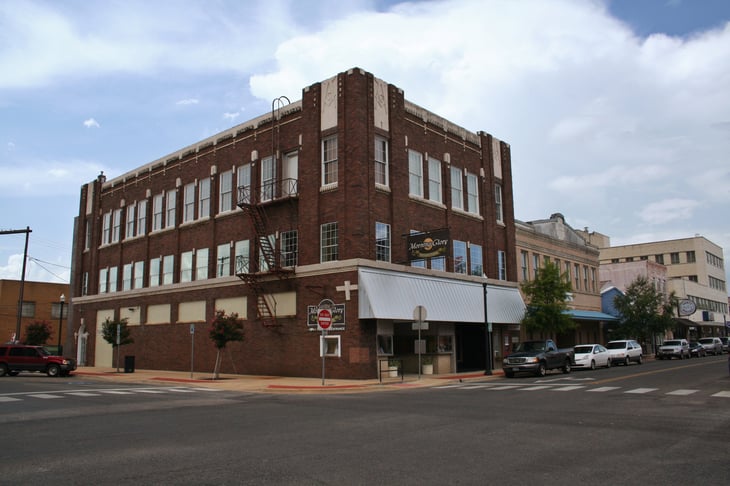
2009 poverty rate: 15.1 percent
2017 poverty rate: 21.7 percent
Increase: 6.6 percentage points
A little more than 1 in 5 residents in this county of about 88,000 people live below the poverty line.
Polk County, Oregon
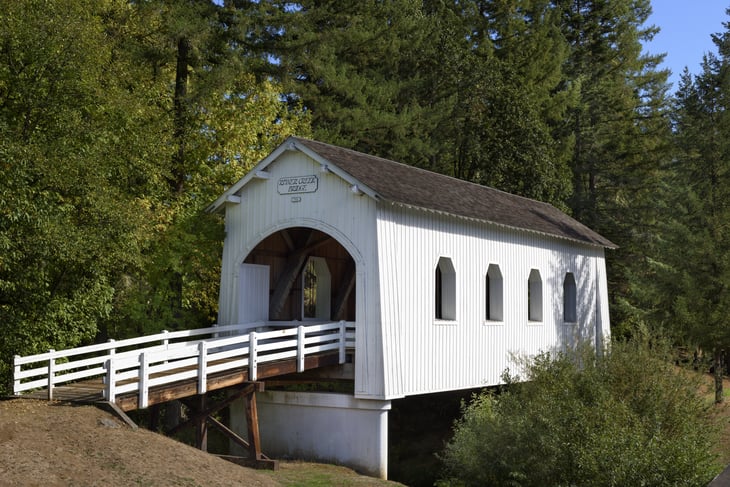
2009 poverty rate: 12.9 percent
2017 poverty rate: 19.3 percent
Increase: 6.4 percentage points
On the outskirts of the Oregon state capital of Salem lies Polk County, where the portion of people living in poverty rose to about 1 in 5 in 2017 from about 1 in 8 in 2009.
Chelan County, Washington
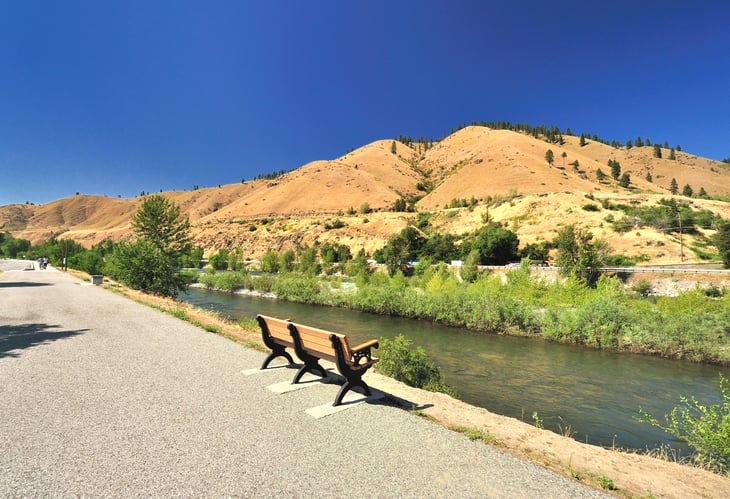
2009 poverty rate: 10.6 percent
2017 poverty rate: 16.9 percent
Increase: 6.3 percentage points
The U.S. Census Bureau estimates about 1 in 6 residents live below the poverty line in Chelan County, which features the remains of a 19th-century ghost town.
Salem County, New Jersey

2009 poverty rate: 9.7 percent
2017 poverty rate: 15.8 percent
Increase: 6.1 percentage points
The population of this county along the Delaware River shrank by about 5 percent from 2010 to 2017. Its population at the end of 2017 was about 63,000, according to Census Bureau estimates.
What’s your take on these findings? Share your thoughts by commenting below or on Money Talks News’ Facebook page.





Add a Comment
Our Policy: We welcome relevant and respectful comments in order to foster healthy and informative discussions. All other comments may be removed. Comments with links are automatically held for moderation.